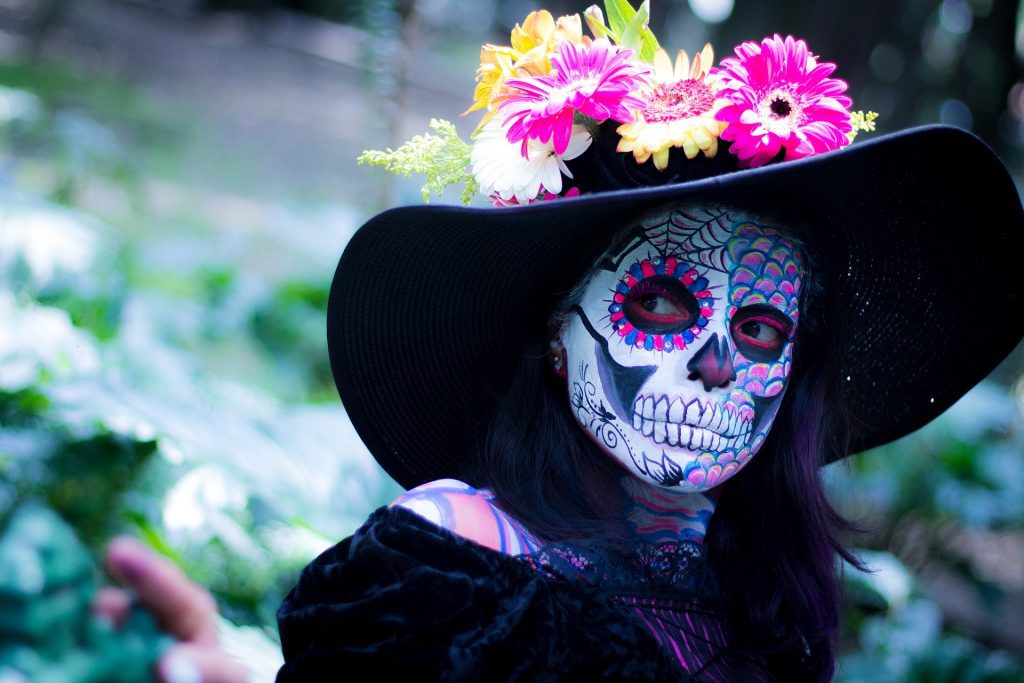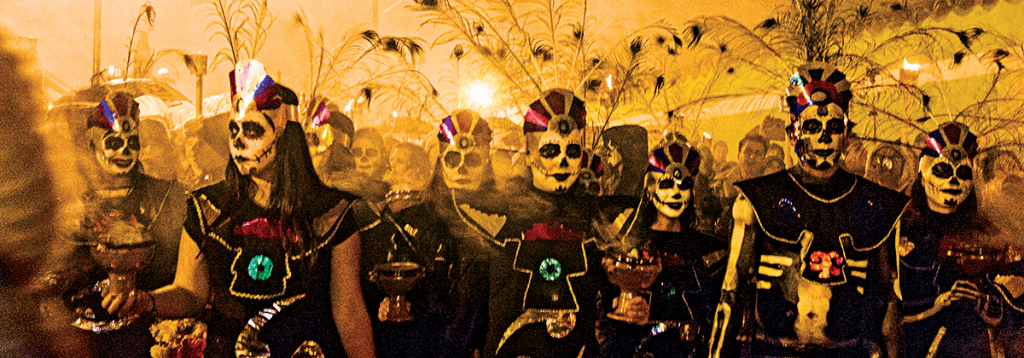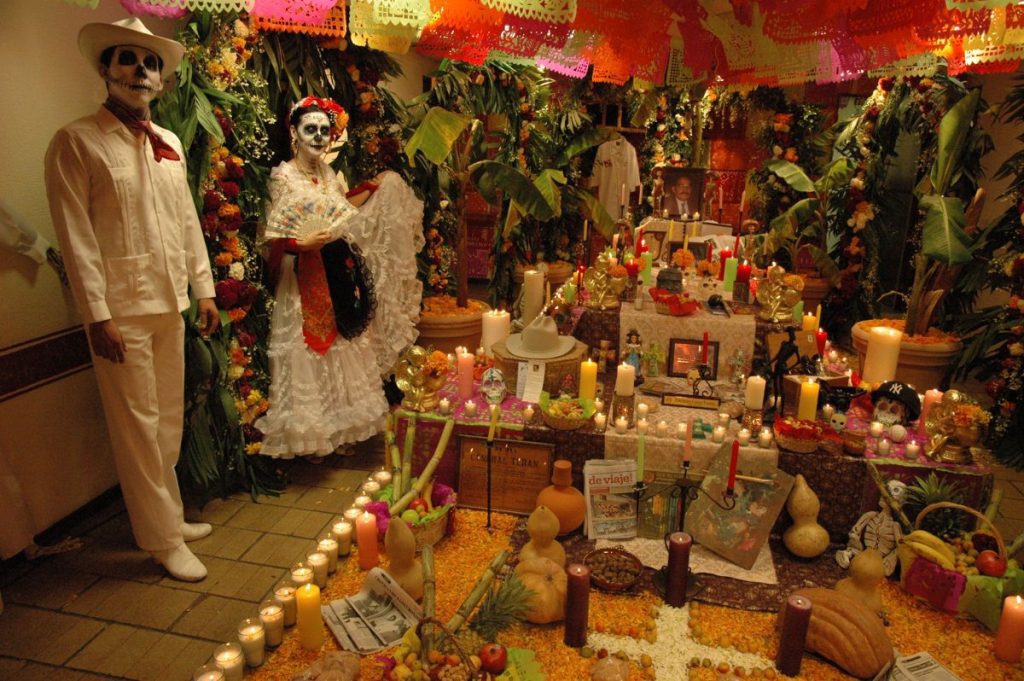MEXICO, (November 03, 2021).- The Day of the Dead was declared by UNESCO ‘Oral and Intangible Heritage of Humanity’ on November 7, 2003. But what does this mean exactly?
The categories of ‘intangible cultural heritage or ‘ living heritage ‘ are used by the international organization to encompass the practices, expressions, knowledge, or techniques that are transmitted by communities from generation to generation.

“Intangible heritage provides communities with a feeling of identity and continuity: it favors creativity and social well-being, contributes to the management of the natural and social environment, and generates economic income. Many traditional or indigenous knowledge is integrated, or can be integrated, in health policies, education or the management of natural resources ”, explains UNESCO.

The objectives of including a festival or tradition in this list are: to make the public aware of the importance of oral and intangible heritage and the need to safeguard it; evaluate and document this heritage; encourage countries to create national inventories and adopt legal and administrative measures to protect it; and encourage the participation of traditional artists and local performers in the definition and revitalization of their intangible heritage.

In this sense, UNESCO recognized the Day of the Dead as a tradition whose origin dates back to before the Spanish conquerors came to colonize Mexico, and whose practice was present in different cultures such as Totonaca, Mexica, Purépecha, and Maya, just to name a few.
The way in which Mexicans worship those who have already left this life is worthy of being included in this list c order to preserve the tradition: the Marigold flower, catrinas, altars, visits to cemeteries, songs, traditional meals, and all the love that raises Mexicans for their dear deceased.

“The richness of this manifestation of Mexican culture is so vast that it is for this reason that UNESCO inscribed it on its List of the Intangible Cultural Heritage of Humanity, defining it as an inclusive, representative and community traditional expression.”
Source: El Financiero
TYT Newsroom



